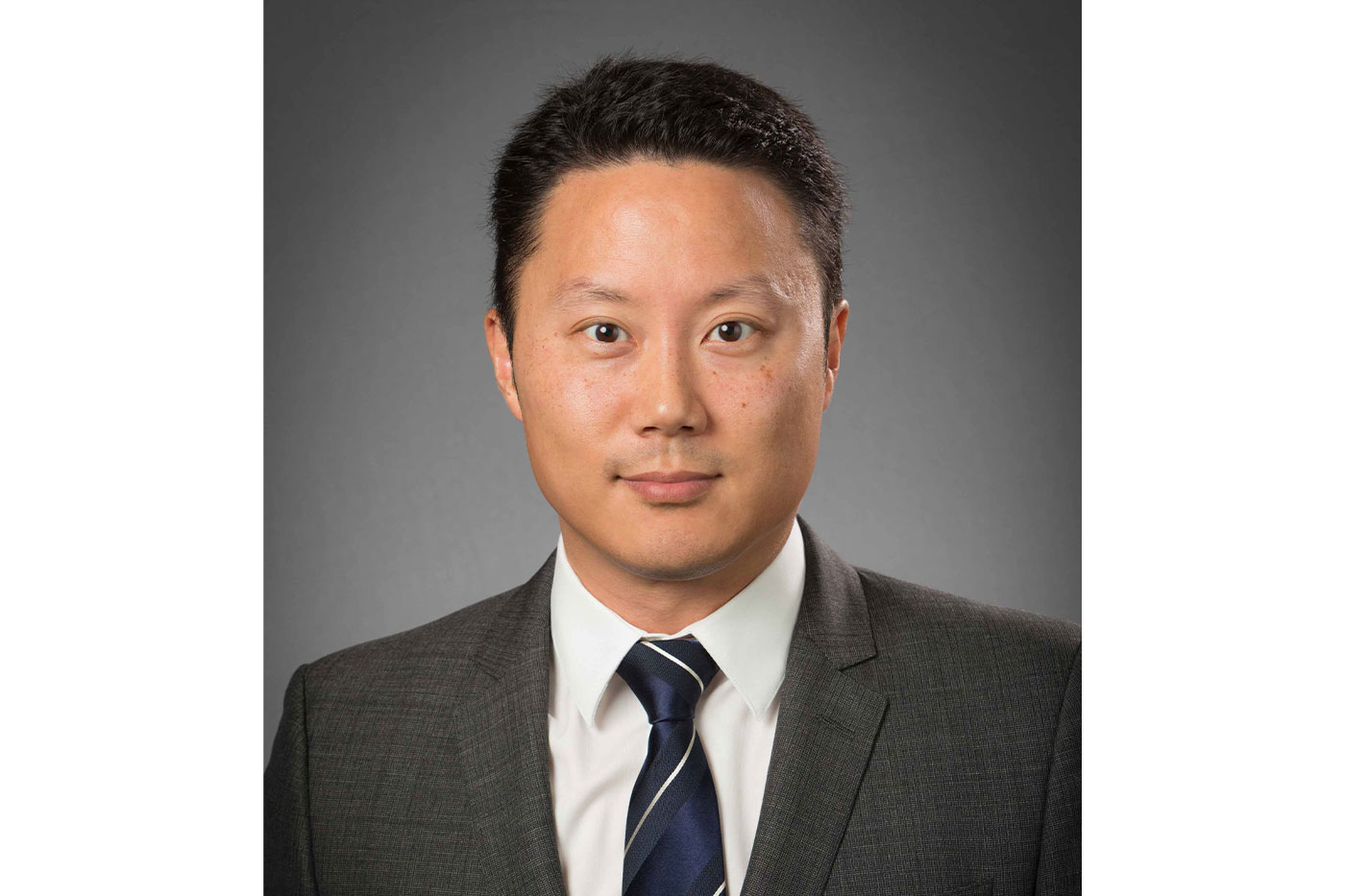Texas Tech researchers explore new solutions for obesity through transcranial ultrasound neuromodulation.
Andrew C. Shin, assistant professor in the College of Human Sciences at Texas Tech University, and Jingfei Liu, assistant professor of mechanical engineering in the Edward E. Whitacre Jr. College of Engineering, are collaborating on an obesity-related project that could lead people down the path of health and longevity.
Obesity is a global problem that can cause various health complications. According to the Centers for Disease Control and Prevention, four out of every 10 adults in the United States are affected by obesity.
The research performed by Shin and Liu was promising enough to be presented with a 2024 Texas Tech Faculty Cross-Disciplinary Research Excellence Award.
“There are several ways to treat obesity; there’s lifestyle modifications, eat less and exercise more,” said Shin, who’s also the Director of the Mouse Metabolic Phenotyping Facility on campus. “There are several FDA-approved medications, but the weight-reducing effect is mostly minimal, and even that goes away when people are off the medicine.”

Shin and Liu are using their expertise to craft a new solution inspired by recent success in using transcranial focused ultrasound neuromodulation (Tfus) to treat essential tremors. The two want to use the technique to target the part of the brain that controls appetite.
“The fact the brain has been at the center of appetite control has been known for the last 30 years,” said Shin. “We’re going to have to design a more sophisticated transducer with the ability to steer the beam to target specific brain areas.
“I think within a year we should be able to design a transducer prototype and test it in mice, at least with simple energy balance parameters such as food intake, energy expenditure, or preference between lean food versus highly palatable, high-calorie food.”
Shin and Liu stress the fact that a mouse brain dwarfs in comparison to a human brain in size and functionality. In theory, if the device can target specific areas in the mouse brain, it should be able to do the same in the human brain.
They explained with their preliminary data in mice, they hope to apply for bigger grants to further their research. Within a four-year period, they expect to be able to design and test devices on humans.
“Then we can design the more subtle, sophisticated device targeting different regions,” explained Liu. “We can do more fundamental studies to figure out how many areas are responsible for this. How the combination of intensity, time, all those parameters can optimize the effects without causing damage or adverse effects.”

Within the next decade, they hope to have enough data to confidently confirm the validity and effectiveness of the technology in humans.
This potential groundbreaking research is not limited to obesity and weight control. If it works as expected, the technology could be used as a treatment for any diseases involving brain dysfunction.
“Any neurological and neuropsychiatric diseases like anxiety, depression, Parkinson’s, and Alzheimer’s, can be targeted, in theory, by this ultrasound neuromodulation technology,” said Shin.
With Shin’s background in neuroscience and Liu’s background in biomedical ultrasound, the two are working together to change the way medical professionals approach obesity.
If the experiment and technology progress as expected, it could eventually lead to people delivering the treatment themselves.
“Our ultimate goal is to design something that anybody who’s wanting this weight loss and wanting this technology should be able to own one and wear one by themselves,” said Shin. “What we want to design later on is something wearable and portable.”
“Like a bigger helmet,” explained Liu, “something you don’t need to wear all the time, just sometime over the course of a day or week.”
While articulating an idea that could change the world, Liu explained what he says is the most important part of this experiment.
“For medical research, two things matter most: feasibility and safety,” said Liu. “You have an idea, you try it, and see if it works. The next step is to evaluate its safety. If you want to apply the technology to humans, you must value safety and know the boundaries.”

